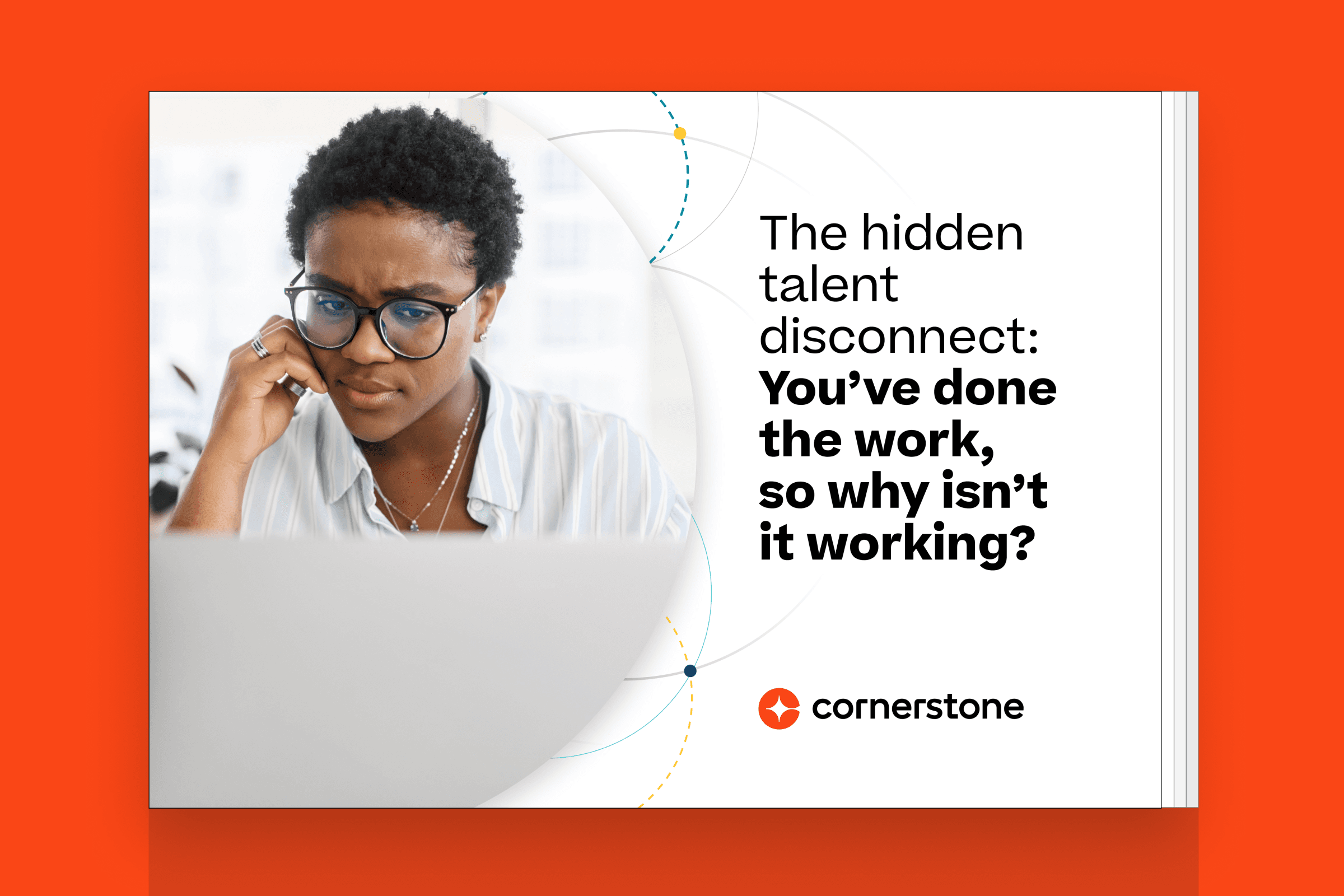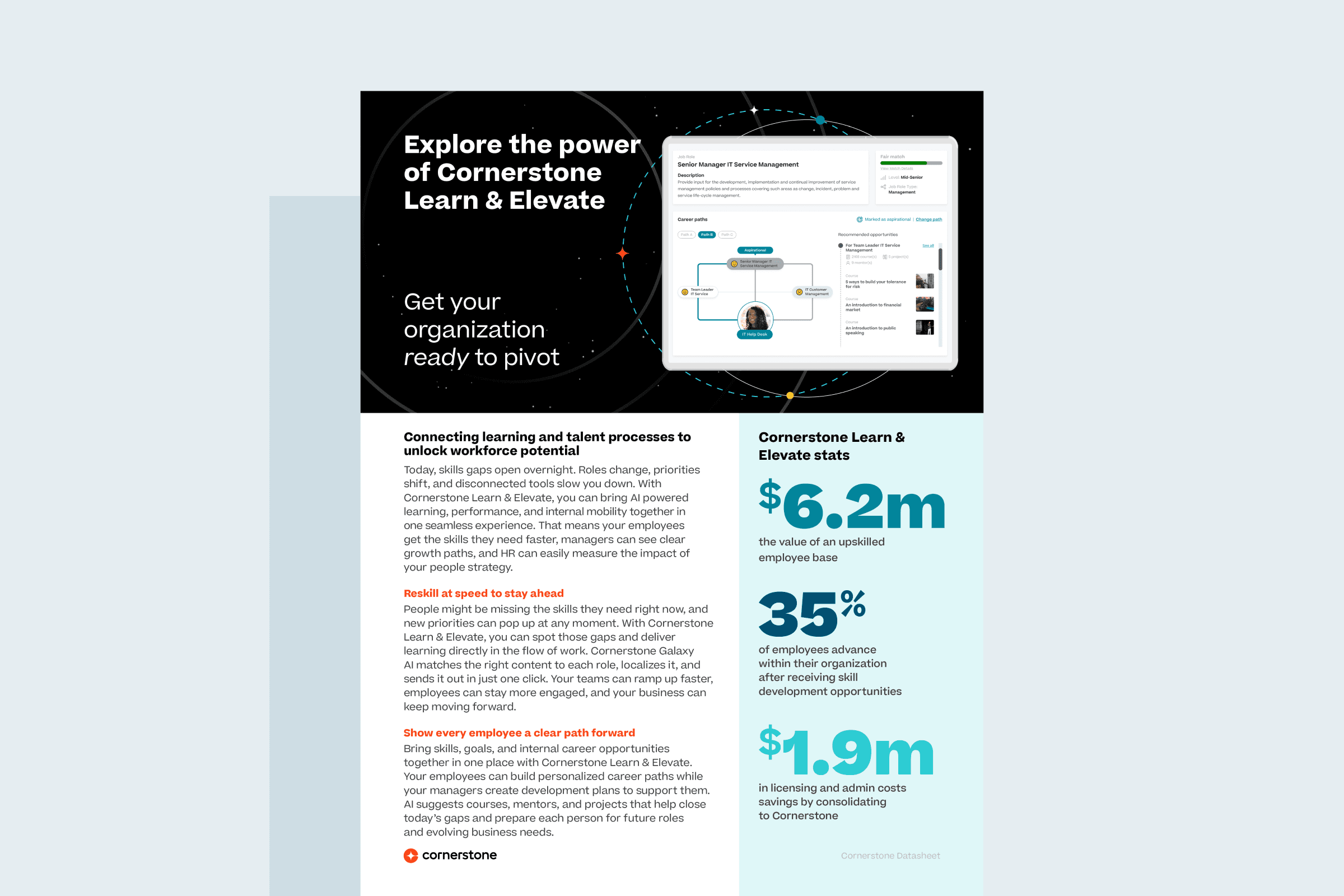About five years ago, I worked with a client who bristled at the idea of typical annual performance reviews. What they wanted to implement was a "conversation-based" performance review process. The process had to be employee driven; managers and employees held an ongoing, continuous dialogue about the employee’s performance throughout the year. At any point throughout the year, the employee’s colleagues or customers could also contribute performance input but the most important objective was that they didn’t want a performance rating. No rating. None. At all. And certainly not a numeric rating.
I had never heard of such a thing. I thought it was a radical, unstructured by design, way out of left field concept for measuring someone’s performance. Quite honestly, the whole premise felt like a flower-power, peace, love and happiness sort of approach to me. In my HR experience, I had only ever managed annual processes in which reviews were to be held at the end of the fiscal year and culminated in each employee receiving a score (maybe even a rank), that triggered the next major step in the process: performance improvement planning. Needless to say, I struggled to understand what was so wrong with annual reviews that this client wanted to throw it out wholesale.
Fast forward to today when the idea of continuous performance management is starting to take center stage. Many organizations, large and small, across a broad cross-section of industries, are adopting the philosophy. And there is a growing body of research that supports its necessity in today’s workplace. For instance, in 2015, 58 percent of HR leaders described their performance management process as an ineffective use of time. Let’s take a closer look at why.
There is no getting around it; today’s work landscape is vastly different from the days of traditional, annual performance management.
The way we work is different. Corralling employees in the office 40 hours a week, every week is a thing of the past. A recent survey found that 60 percent of companies offer employees telecommuting opportunities—a threefold increase in just 10 years.
The makeup of today’s workforce is unique. For the first time, there are four generations of workers in today’s workforce. Employers are challenged with meeting a wide spectrum of employee needs and expectations. There is no more "one size fits all" approach.
Technology continues to advance. Technology enables us to give and receive immediate feedback all the time. We rely on feedback from others for everything from which app to download to what to order for dinner.
Worker expectations have changed. Workers want meaning in their work, to be more empowered in their day to day decision making, and to be in the driver’s seat as they progress through their career. Top down decision making and rigid chains of command are outdated concepts. Workers want their managers to develop and guide them, not tell them what to do.
What does all this mean? Quite simply, it means traditional performance management thinking is outdated.
As I started researching continuous performance management, I came to understand it is not a new technology; it is a way of thinking. Successful companies weave performance into day-to-day thinking. While there is no secret sauce, I quickly found that there are a handful of key concepts that make up continuous performance management.
1) Continuous performance management means regular employee/manager check-ins.
Conversations about performance become an agenda item for ongoing manager/employee one-on-one meetings. Managers may offer observations or feedback from recent interactions or meetings. Employees may seek input for an upcoming task or activity. Goal progress may be discussed. Updates and outcomes from previous conversations are shared.
2) Continuous performance management incorporates input from others.
Given the nature of many virtual work environments, employees are encouraged to solicit feedback from others. Colleagues may also offer recognition for a job well done. With a continuous model, multiple voices contribute input to employees, often offering new perspectives for consideration. Taken in tandem with regular manager check-ins, the employee is now afforded an opportunity for ongoing self-reflection that is often lost in typical review processes.
3) Continuous performance management includes frequent data collection.
Rather than attempting to gather performance evidence once or twice a year, check-in data may be gathered as frequently as every two weeks. The data may also include input from others, outcomes from check-ins, or updates to goals or development plans. With fresh, current data in hand employees are empowered to take ownership of their development, potentially changing direction to perform better on the fly; giving more meaning to the employee’s work.
4) Continuous performance management captures periodic performance snapshots.
If you, like I, have ever been on the receiving end of feedback during an annual review about a growth opportunity that happened nine months ago, you can appreciate the value in capturing periodic benchmarks. Snapshots ensure that issues are addressed as they occur and provide a tangible way to demonstrate improvement. With employees driving the direction of their own development, mangers take on a supportive, coaching role with employees (vs. assessing and holding employees accountable) ultimately creating an environment that fosters trust and builds relationships.
Adopting a continuous model requires a cultural change, yes, but it does not necessarily have to mean abandoning traditional performance components like company goals, development plans, year-end reviews or ratings. In fact, because a continuous model assumes employees want to improve, companies may find the approach strengthens goal alignment, increases commitment to personal development plans, and makes for more meaningful reviews.
It may, however, require taking a look at the talent management system currently in place to ensure it will support continuous performance management. Recall the client who wanted to implement the "conversation-based" performance model I wrote of earlier? Well, my job was to guide their performance management system implementation to support it. Once I got over myself and got to work with the technology, I’m pleased to say that we did it. Using Cornerstone OnDemand, we built a development plan framework where employees tracked their conversations with their managers, we created a mechanism (via social collaboration) for employees to ask for and receive feedback from others within the organization and we devised a review process allowing managers to gather data to form a snapshot of the employee’s performance. With nary a single review rating in sight!


